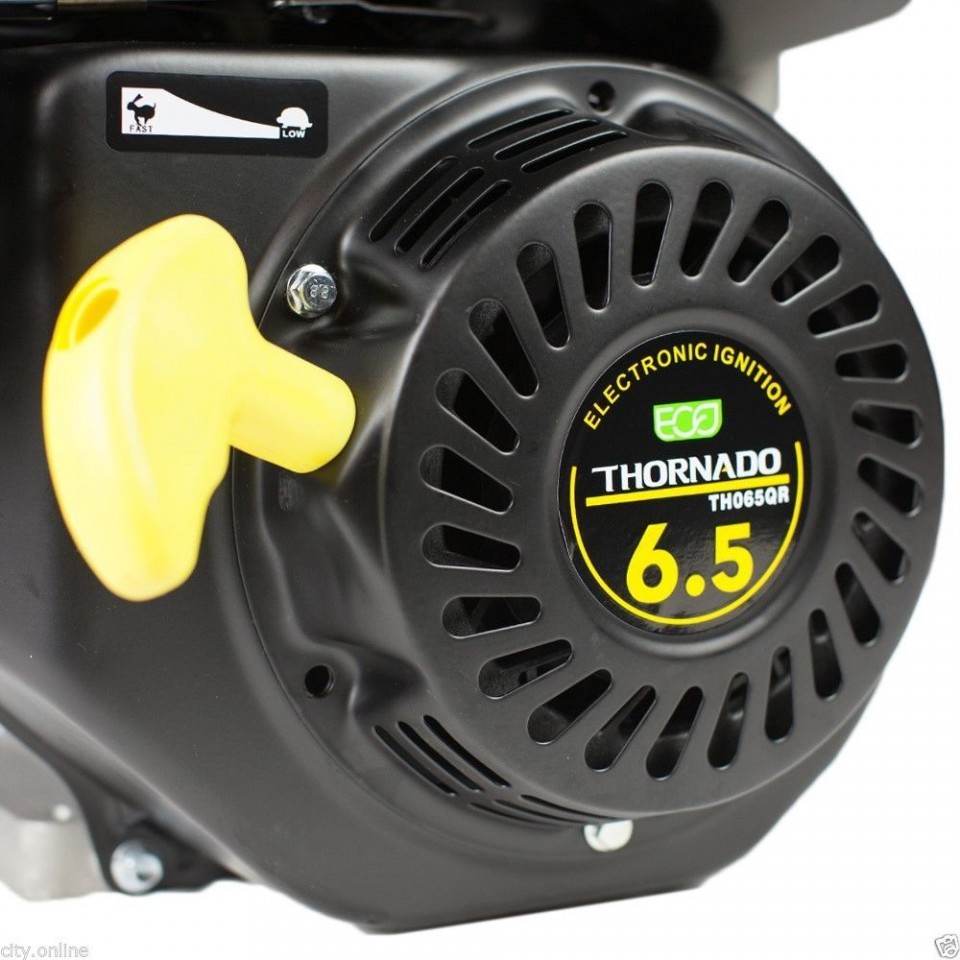The powering of large outdoor machines and industrial equipment depends on the potency of stationary engines. These motors are called stationary because they consist of no running parts. The immobile framework and lack of running parts that can break down make stationary engines reliable and potent enough to generate power for all kinds of heavy duty outdoor equipment such as water pumps or generators, factory machines, mills and other immobile equipment.
Stationary engines enjoyed large popularity in the time when every factory or mill produced its own power. Now that more and more factories begin to draw their electricity from the electrical grid, the applications for the stationary motors have declined. However, outdoor jobs on construction sites, roads or farms that have no connection to the power grid have to rely on a stationary motor to make sure they are always on task.

You are probably wondering how can a stationary motor be moved to different place for outdoor jobs when it’s immobile. As a matter of fact, there are engines that operate in one place, but can be transported to another spot for later operation. Although the inside design of these motors is stationary, they received the name portable engines in order to set them apart form the ones that are permanently immobile. Therefore, a permanently stationary motor will be suitable only for the running of a factory or a mill, while a stationary one is convenient for outdoor work.
Another major consideration you will have to take when choosing the engine most suited for your job is size. A small sized stationary engine can only deliver electricity less than 188 KW. This means that small engines can power only small outdoor applications. But if you need large amounts of torque for commercial applications, medium sized engines are a great choice. Larger engines are used in large transportation vessels such as ships, submarines, and even airplanes.
Today there are a dozens of brands of stationary motors to choose from. You have some regular names in the motor industry like Yamaha or Hyundai, and then there are trusted Australian brands like Thornado that provide A-class stationary engines with prices suitable for both large factories and the average Australian farmer. Most of them use diesel as fuel, but there are models that run on petrol as well, if that’s your preferred option.
Finally, if you have a rusty stationary engine handed down from a great great grandpa, don’t toss it out just yet – vintage stationary engines from the 19th century are regarded today as important period pieces and are popular collector’s items. The UK especially has a fascination with them and has dedicated a few museums where visitors can see stationary engines in operation. Internal combustion stationary engines are the centrepieces of many steam rallies which include a special exhibit section dedicated to them. All of these engines are exhibited in operation powering water pumps, hand tools and the like, thanks to private individuals who worked to restore them.

